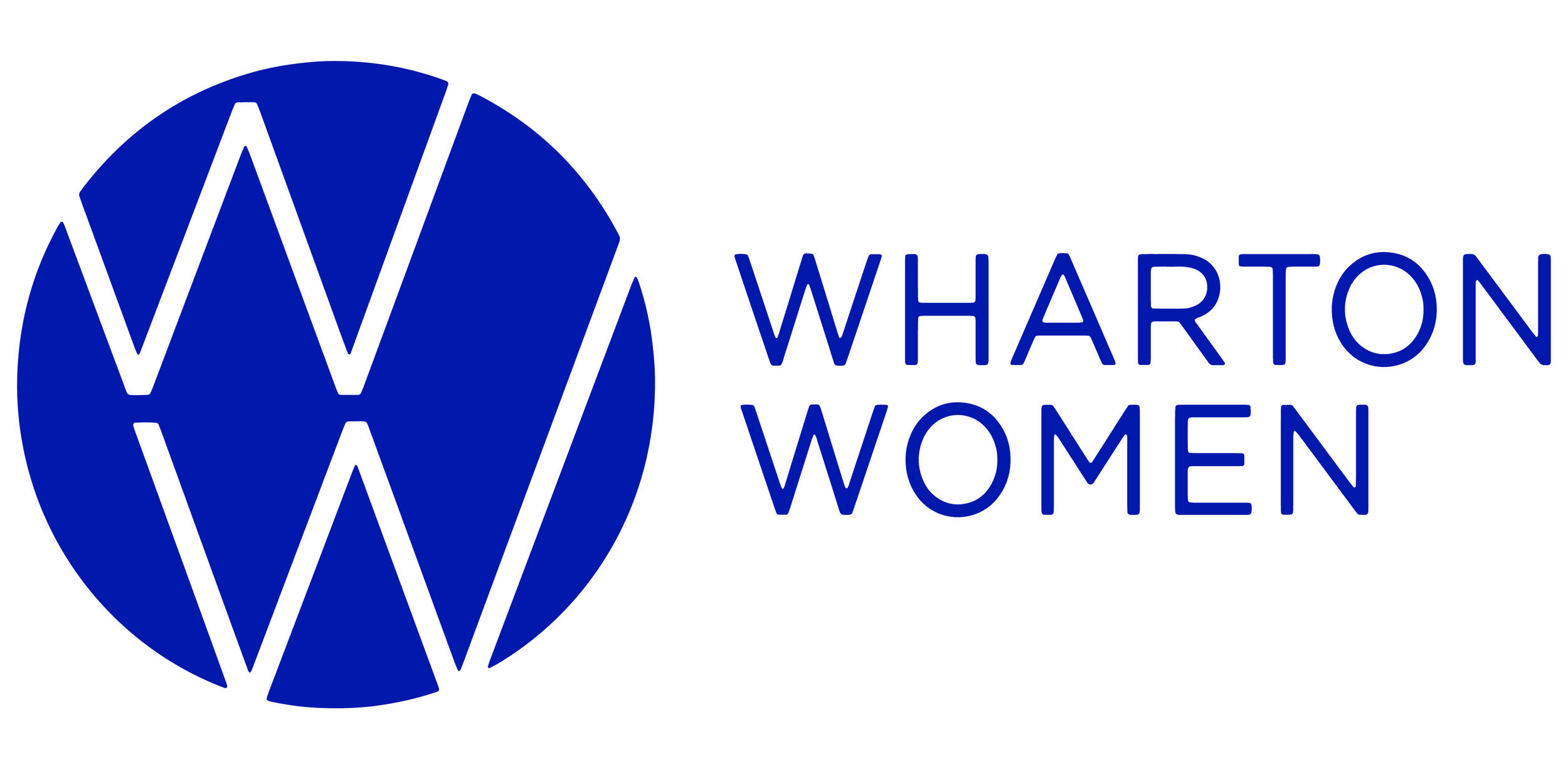Duolingo: How a Language App Became a Social Media Powerhouse
Written by Nina Rawal (W’27); Edited By Maria Herrera (C’28)
What started as a simple language-learning application has since evolved into something far more amusing: a full-fledged social media sensation. Duolingo, best known for learning Spanish, French, or Japanese through bite-sized lessons and cartoonish encouragement, has found a second life far beyond the scope of learning. Thanks to its amusing brand voice, memeable content, and a mischievous green owl named Duo, Duolingo has established itself in pop culture.
The Birth of a Brand Voice
Duolingo launched in 2011 with a humble goal of making language learning free and accessible to the world. But it wasn't until the app started embracing its witty sense of humor that it gained a cult following.
Duo, the green owl mascot, became the face of the brand—not just in the app, but on TikTok, Instagram, and Twitter as well. Once renowned for guilt-tripping users into completing their lessons ("Finish your Spanish or else!"), Duo evolved from a benign motivator to a chaotic internet figure. Think: viral TikToks threatening users who skipped lessons, reacting to pop culture, or dancing to trending sounds in a full-body owl onesie.
Viral Growth Through Chaos
Duolingo's social media strategy is simple–don't be so serious. Instead of simply promoting product features, the company goes all-in for humor, internet memes, and self-aware absurdity. In one viral TikTok, Duo bursts into the office demanding to know why users haven't done lessons. In another, the owl thirsts over pop stars and throws shade at other apps.
The brand's social team, led by Zaria Parvez, embraced the anarchic spirit of Gen Z and turned an education app into an unlikely influencer. It wasn't about how many features—it was about building personality. And it worked. Duolingo's TikTok account has amassed millions of followers and hundreds of millions of likes, turning what could have been stodgy educational content into can't-miss entertainment.
More Than Memes: The Flywheel Effect
Behind the memes lies a smart marketing flywheel. Social media puts a spotlight on the app, which draws in users, who share their progress, or Duo's antics, with their own social circles, bringing in even more users. It's organic growth with a sprinkle of chaos.
Duolingo also smartly uses its social media accounts to drive engagement in the app. It'll tease new features, celebrate milestones for users, or gently shame those on a lesson "losing streak." It gamifies not just language learning, but also the experience of belonging to a learning community.
The Power of Brand in EdTech
Among an ocean of learning applications, Duolingo stands out by doing what the majority of sites don't do: being entertaining. It's a testament to the reality that learning doesn't have to be boring, and branding doesn't have to be sterile. Through humor, creativity, and a touch of anarchic behavior, Duolingo developed what few apps can lay claim to—a fan base.
In the end, Duolingo didn't merely teach people how to conjugate verbs. It taught a lesson to marketers everywhere: in order to stand out, let your owl go wild on TikTok.
